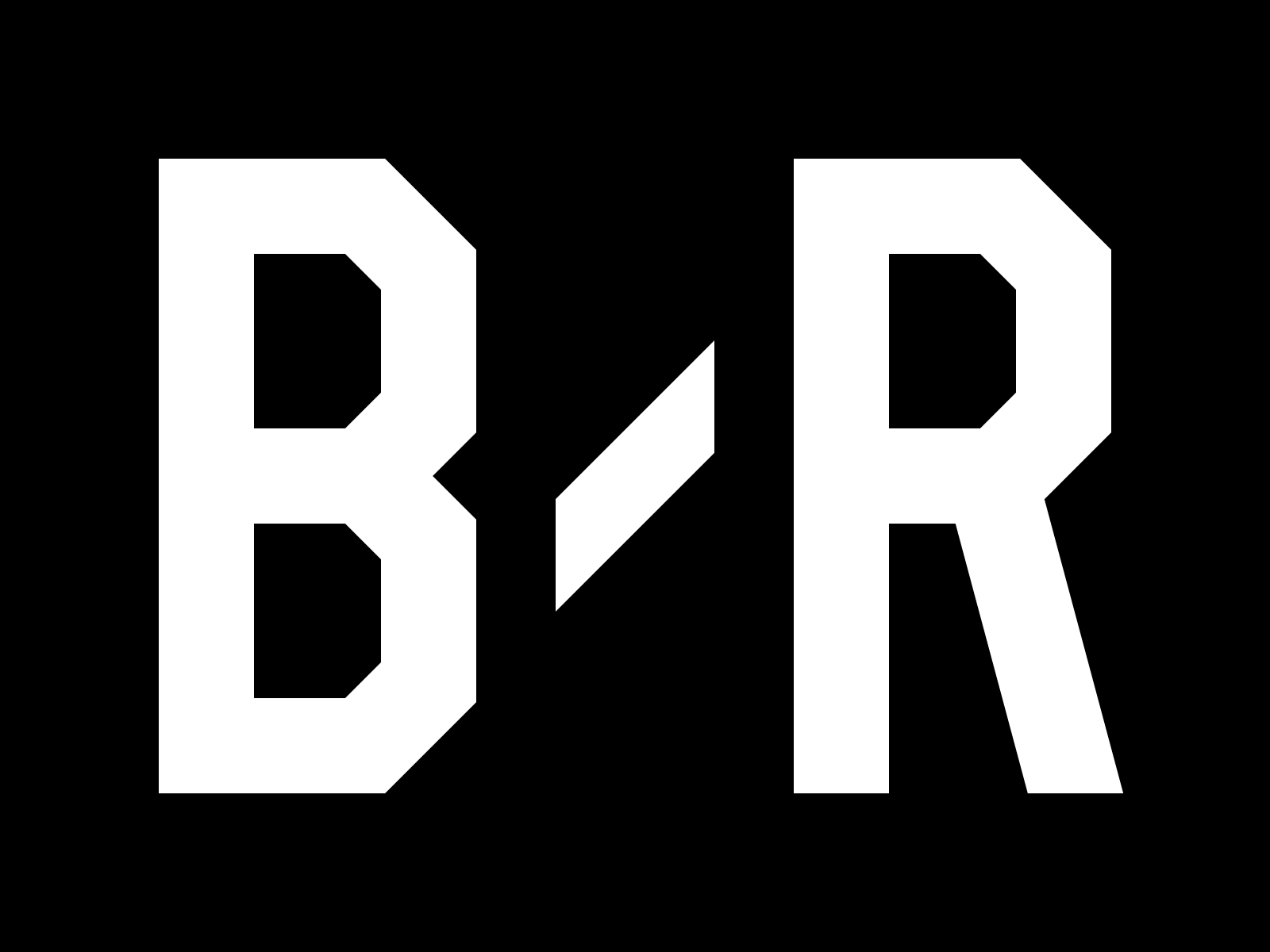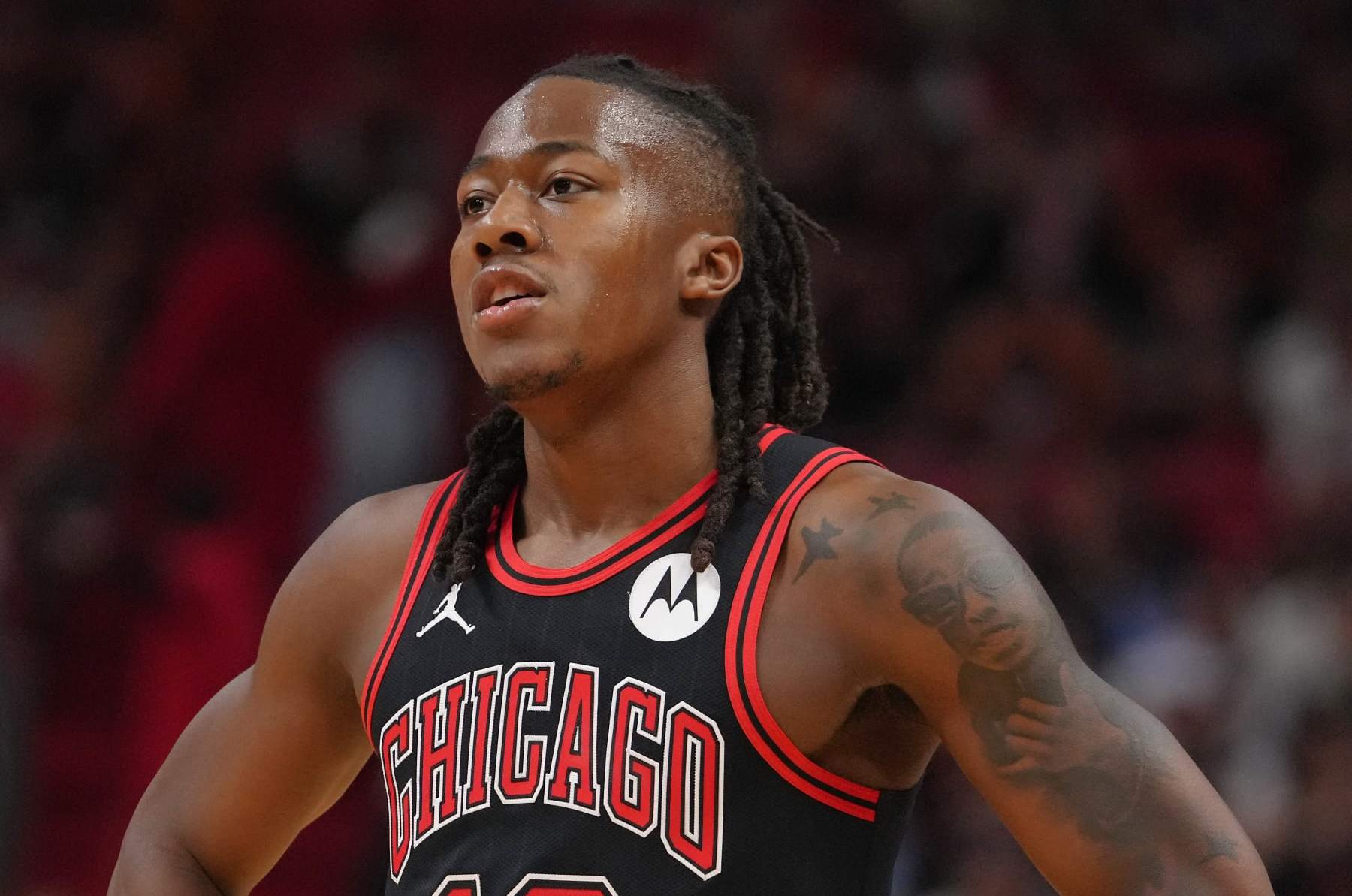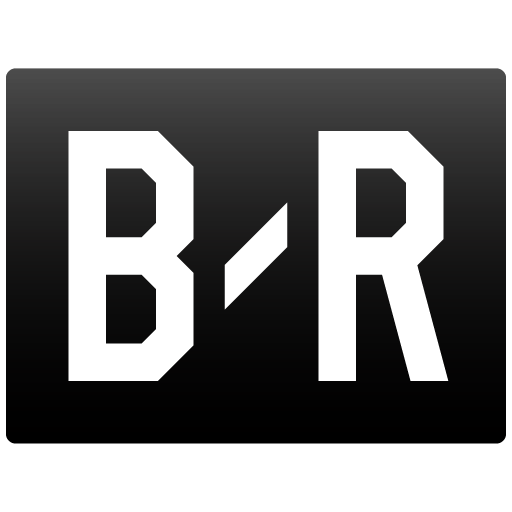Let's dole out some much-deserved love for NBA players who don't receive enough of it on the national stage, shall we?
Just a few things before we enter full-on sicko mode, the first of which is: These five are not the only underappreciated names in the Association. Plenty of players should be getting more metaphorical hugs from strangers like ourselves. But the field must be winnowed down somehow.
Anyone who sniffs stardom is automatically excluded. Big-timers can be underrated. But this is our opportunity to dig deeper. We're going to seize it.
Players coming off their rookie year will be left out as well. One year generally isn't enough time to say someone is going unnoticed. Toumani Camara has my sincerest apologies.
Don't worry, though. This isn't an attempt to pointlessly flex by discussing names that you didn't realize belonged to actual NBA players. More established role players will be the primary focus. These are guys who get minutes (sometimes loads of them) but they hardly ever generate headlines on their own.
Narrowing down the remaining options is still an inexact science with this criteria. And it's impossibly hard, too.
In the end, this exercise seeks to identify those who best fit into the ultra-niche "This dude has a real impact, but almost no one outside of their team's market talks about them!" bucket.
5. Santi Aldama, Memphis Grizzlies

Santi Aldama is nowhere near a household name, and he may retreat even further outside the spotlight next season. The Memphis Grizzlies expanded his role last year out of necessity. Drafting Zach Edey and having a healthy Brandon Clarke on deck could eat into some of Aldama's minutes.
That would be a shame, because the 23-year-old is intriguing enough to take on more.
Although his three-point clip dipped beneath 35 percent last season, Aldama hit enough of his triples to draw defensive attention. He drilled 36.1 percent of his catch-and-shoot treys and hit 38.2 percent of his wide-open looks from downtown. His efficiency should improve with more reps beside a healthy, defense-dismantling Ja Morant.
Settling into a specialist's role is Aldama's most likely outcome on the full-strength Grizzlies. But he has a floor game worth exploring. He can pump and drive into a variety of finishes, including the occasional hook shot, and he's honed a knack for dropping dimes whenever defenses send a second body. His offensive catalog also has an above-the-rim element when he doesn't have the ball.
Memphis won't typically use Aldama as its primary big, but he's turned into a savvy help rim protector. Opponents last season shot 56.7 percent at the rim when challenged by him, a mark right in line with teammate Jaren Jackson Jr. (56.1 percent) and Denver Nuggets forward Aaron Gordon (56.6 percent). That stinginess could wane if Aldama serves as the de facto 5, but that look is worth testing out in higher volume anyway.
Aldama is extension-eligible, and his future in Memphis is fascinating. The Grizzlies may not be hot to pay him if they believe Edey and Jaren Jackson Jr. represent the frontline of the future, potentially paving the way for teams in need of an understatedly versatile big to scoop him up.
Not that Memphis must or should trade him. It shouldn't. Morant's return to everyday play foists them back onto a win-now timeline. Aldama deepens their rotation as a higher-end luxury, and he's good enough to develop into an essential part of a three-big carousel.
4. Simone Fontecchio, Detroit Pistons
Simone Fontecchio stood out during his stint with the Utah Jazz last season. But he really popped after being traded to the Detroit Pistons, as he averaged 15.4 points across 16 games while knocking down 53.9 percent of his twos and 42.6 percent of his six-plus three-point attempts per game. And just to reiterate: He maintained this efficiency in Detroit.
That sample size isn't large enough to declare Fontecchio's line his new normal. And he did struggle to maintain his efficiency when coming off screens. But his overall scoring package is genuine—and translatable.
Defenses can't rest when he doesn't have the ball. His motion bends coverages, and he doesn't need a ton of time or space to get his shot off.
The fluidity and agility with which Fontecchio moves makes you forget that he's 6'8". While he doesn't have a bankable pull-up jumper in his arsenal, he does bust out escape dribbles on aggressive closeouts, a counter he parlays into more pressure at the rim than you'd think for someone in his role.
Fontecchio isn't going to contend for any All-Defense teams, but he does a good job sticking with movement specialists, leverages his size and length in passing lanes and on inbounds plays and has even sponged up meaningful reps versus starrier wings and forwards like Paolo Banchero, Luka Dončić, Pascal Siakam, et al.
If this reads like an ode to someone who's worth more than a two-year, $16 million deal, well, that's exactly what's happening here. And yet, Fontecchio is on a two-year, $16 million contract that immediately ranks among the NBA's best (and most inexplicable) bargains.
3. Naji Marshall, Dallas Mavericks
Naji Marshall appeared poised to graduate from this discussion upon entering free agency this summer. Surely plenty of teams would line up to pay a 6'7" combo wing who just drained 38.7 percent of his triples and continues to tackle difficult defensive assignments.
Or not.
Marshall landed with the Dallas Mavericks on a three-year deal that's closer to the room mid-level exception annually ($8.0 million) than the non-taxpayer MLE ($12.8 million). That likely speaks to a shifting financial landscape for the league's working-class players, but that's heavy-handed discussion for another day.
Marshall isn't a fringe star hiding in plain sight. He is not particularly explosive, and covering smaller advantage-creators can be touch-and-go for him. But he can rumble with bigger forwards who are more like actual bigs (i.e. Paolo Banchero). And primary initiators who rely on changes in pace (i.e. Shai Gilgeous-Alexander) are right in his defensive wheelhouse.
The 26-year-old is extremely plug-and-play on offense. Around 70 percent of his made baskets last season came off assists. You'd like to see him increase his three-point volume. He's at 4.5 attempts per 36 minutes for his career. That's pretty meh.
However, Marshall offsets some of the missing quantity with savvy on-ball navigation in transition and space. His 49.2 percent conversion rate on drives, including a 49.1 percent clip on floaters, speaks to the subtle layers of his armory and is all the more impressive when you consider the spacing environment in which he often worked.
Playing in Dallas will be a great gauge of Marshall's value. His skill set is scalable, but can he improve on offense amid better floor balance? The Mavs most likely also have four non-negotiables in their closing unit: Luka Dončić, Kyrie Irving, P.J. Washington and a center. If Marshall is who this exercise suggests he is, he'll be a candidate to round out Dallas' most leaned-upon clutch combos.
2. Ayo Dosunmu, Chicago Bulls
The three-year, $21 million contract that Ayo Dosunmu signed with the Chicago Bulls last summer looked like a bargain in real time. It is certified highway robbery now.
Exhaustive defense accounted for much of his acclaim entering last year. That remains true now. Standing 6'5" in shoes with a wingspan north of 6'10", Dosunmu can defend both guard spots and scale up to certain wings. And he's not tussling with afterthought covers, either.
Four other players this past season split at least 20 percent of their defensive possessions against 1s, 2s and 3s and spent about as much time on first and second options as Dosunmu while clearing 2,000 minutes, according to BBall Index: Malik Beasley, Mikal Bridges, Jaylen Brown and Jaden McDaniels.
Consistent offense has always been Dosunmu's largest hangup. Those questions persist, but he noticeably leveled up this past year. His three-point volume still isn't high enough, but his 4.8 attempts per 36 minutes were a career high. Equally important: He nailed his triples at a 40.3 percent clip, including a 38.1 percent conversion rate on pull-up treys (16-of-42).
Stealing minutes with Dosunmu as a primary or secondary initiator can be a chore. His passing on drives is a weapon, but he's often too deferential. And he's not someone wired to handle slower-paced pick-and-roll orchestration.
Chicago started nudging him in the right direction on both fronts by the end of last season—especially during the time Coby White missed with a hip injury. The returns were mixed. But the heightened aggression and variable usage is a good harbinger. Dosunmu averaged about 3.0 possessions per 36 minutes last season as the pick-and-roll ball-handler, up from 1.8 in 2022-23.
Monitoring his development on offense from here is a must. The Bulls appear to have charted a more gradual course this offseason. They also remain chock full of guards–most notably White and Josh Giddey, both of whom will usurp Dosunmu in the initiator pecking order.
If Chicago isn't prepared to titrate up the latter's volume, consider this my not-so-veiled way of pleading with other teams to trade for him.
1. Aaron Wiggins, Oklahoma City Thunder
Aaron Wiggins might not crack this list, let alone top it, if he were on another team. The Oklahoma City Thunder are so deep that he's yet to log 1,300 minutes in a single season through his first three years.
Removing Josh Giddey from the rotation could open up some additional run next season...if Alex Caruso wasn't now on the team. And if the Thunder didn't still have Isaiah Joe, Cason Wallace and Lu Dort on the roster as well.
Repressed playing time could be a problem for many. Not Wiggins. He seldom seems like he's struggling to find his rhythm, even when his shots aren't falling. Some might even argue that his low-minutes bench role is responsible for his highest highs. It preserves his energy and manages his matchups at times. That's somewhat fair, but it's also something I'm not inclined to buy.
Oklahoma City routinely assigns Wiggins to red-carpet defensive assignments. He almost always holds his own. Good luck throwing an entry pass with him in the vicinity. He also has the shot-blocking instincts of a power forward.
Wiggins' offense can give off a tweener feel. Is he a potential lead guard? Secondary creator? Score-first swingman?
My take: Why choose?
Rim pressure remains his calling card. Roughly 52 percent of his looks came inside of four feet last season, a share that rated in the 94th percentile for his position. His finishing isn't always the cleanest, but it's decidedly above average. And he fears challenging approximately no one at the cup.
The number of counters in his bag deepens each year He can break down defenses off the dribble from a dead stop, and when his paths to the hoop are cut off, he can uncork a step-back or turnaround or fadeaway or floater or—well, you get the point.
Wiggins manages to deliver all of this in a package that's not domineering. A smattering of his possessions can feel hijacky, but he's for the most part adept at playing within the flow of Oklahoma City's offense. Exactly 30 percent of his field-goal attempts last season came as catch-and-shoots, and almost 83 percent of his made buckets came off assists.
In true Oklahoma City fashion, the they-can't-keep-getting-away-with-this Thunder just signed Wiggins to a five-year, $45 million contract—a deal that will pay out on a descending scale, because of course. You knew the agreement would be team-friendly once OKC declined his club option. That number is low even by those standards.
Whether Wiggins will ever have the opportunity to expand his role on the Thunder is debatable. The issue of whether he's earned it, and capable of it, is not.
Dan Favale covers the NBA for Bleacher Report. Follow him on Twitter (@danfavale), and subscribe to the Hardwood Knocks podcast, co-hosted by Bleacher Report's Grant Hughes.
Unless otherwise cited, stats courtesy of NBA.com, Basketball Reference, Stathead or Cleaning the Glass. Salary information via Spotrac. Draft-pick obligations via RealGM.



Read 0 Comments
Download the app for comments Get the B/R app to join the conversation